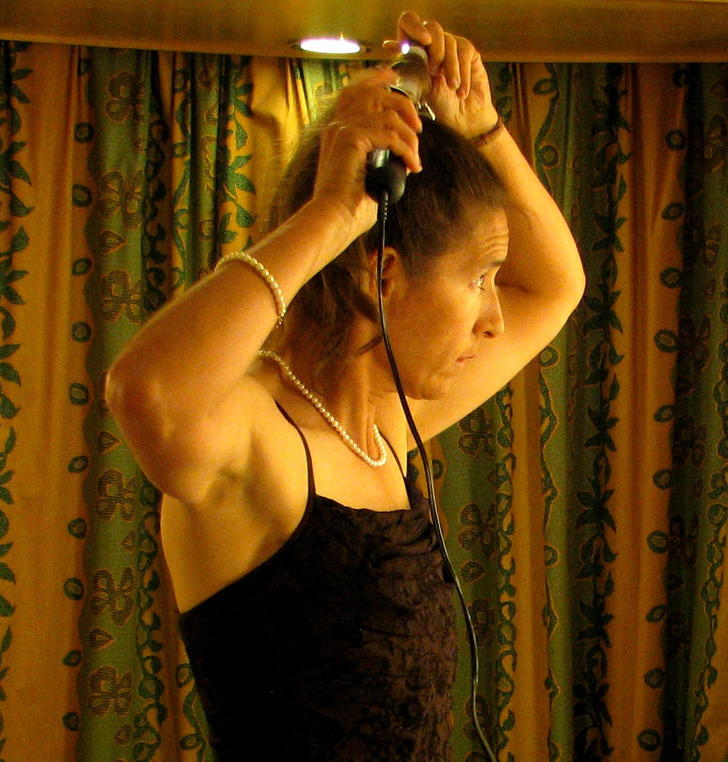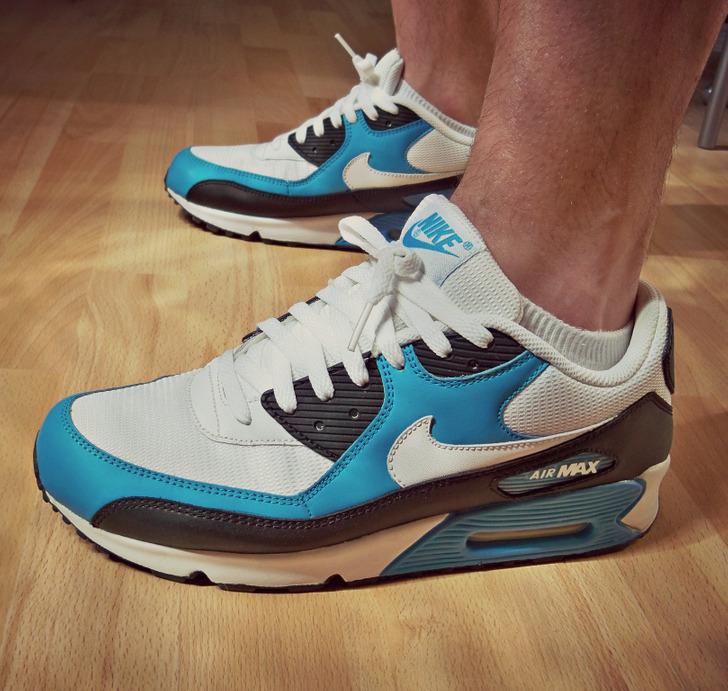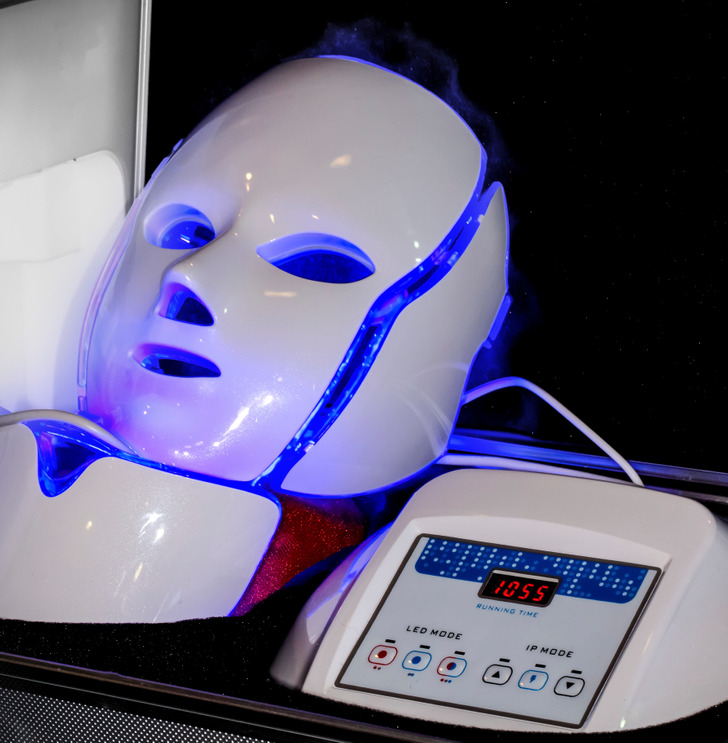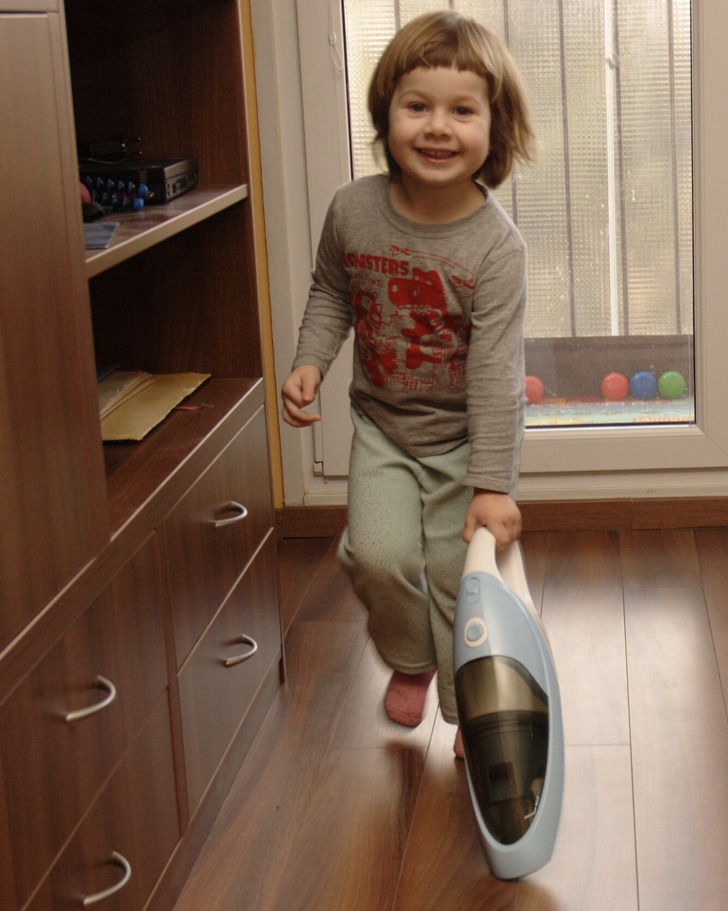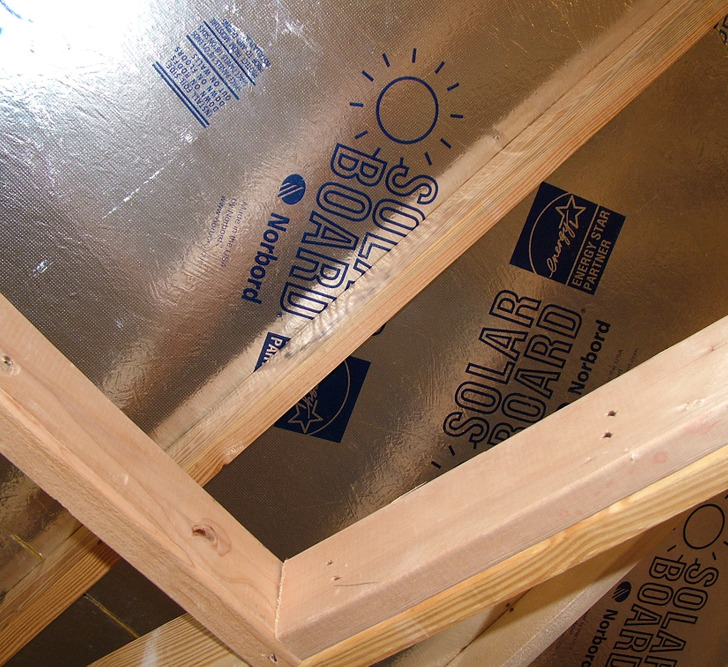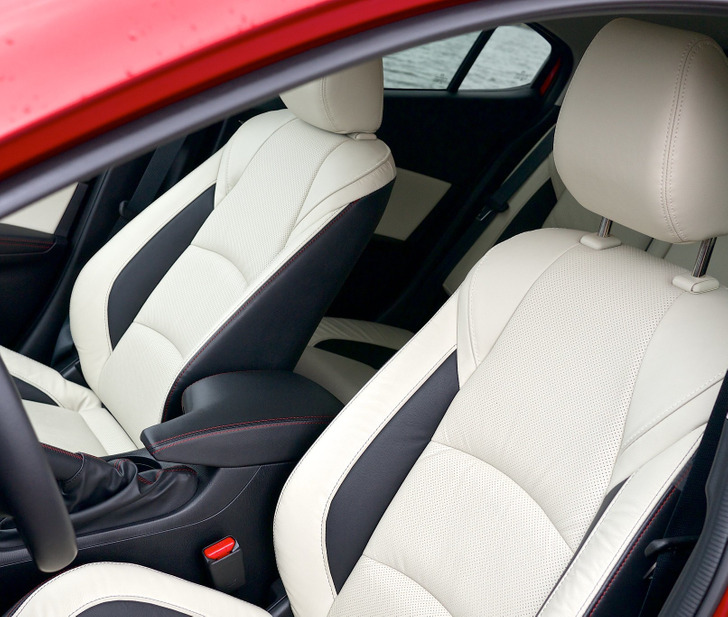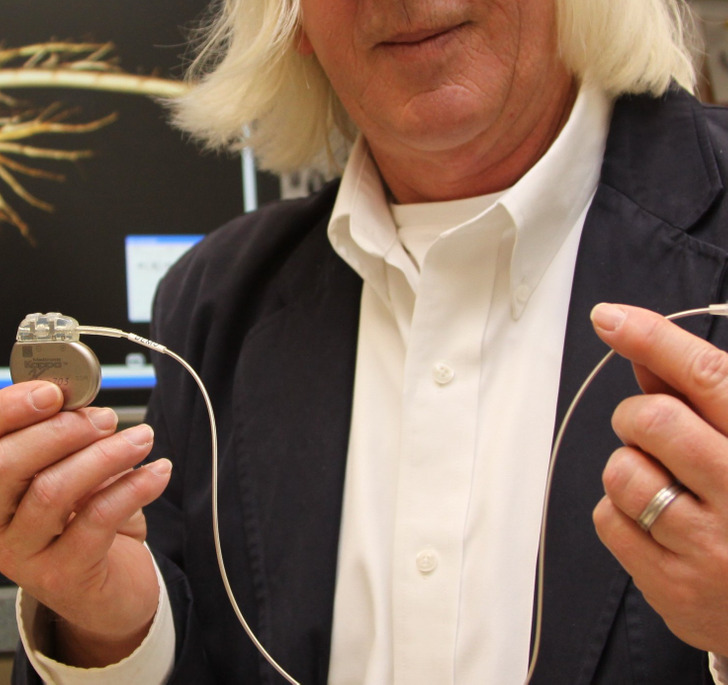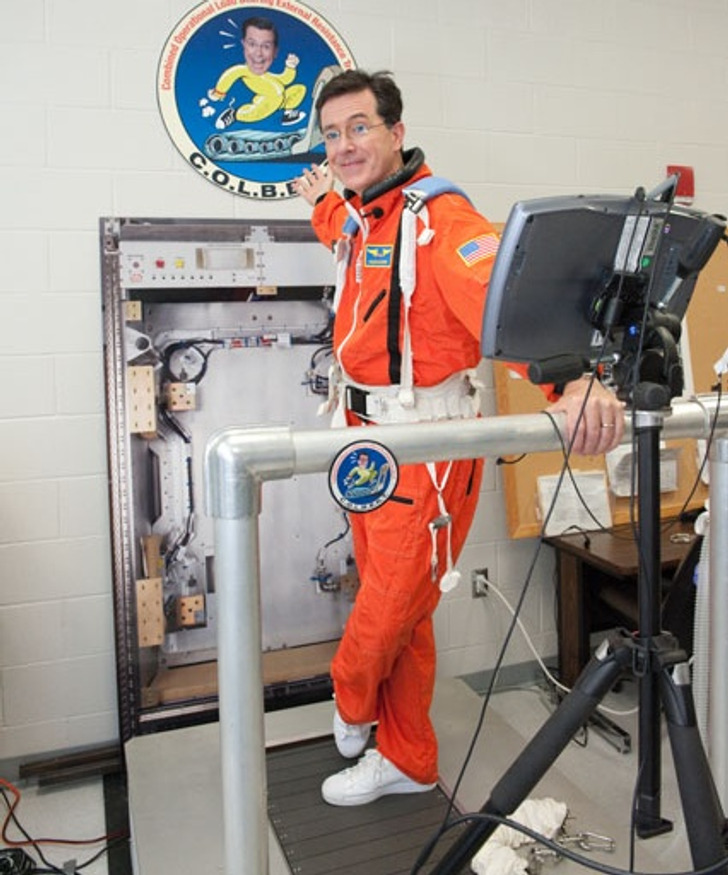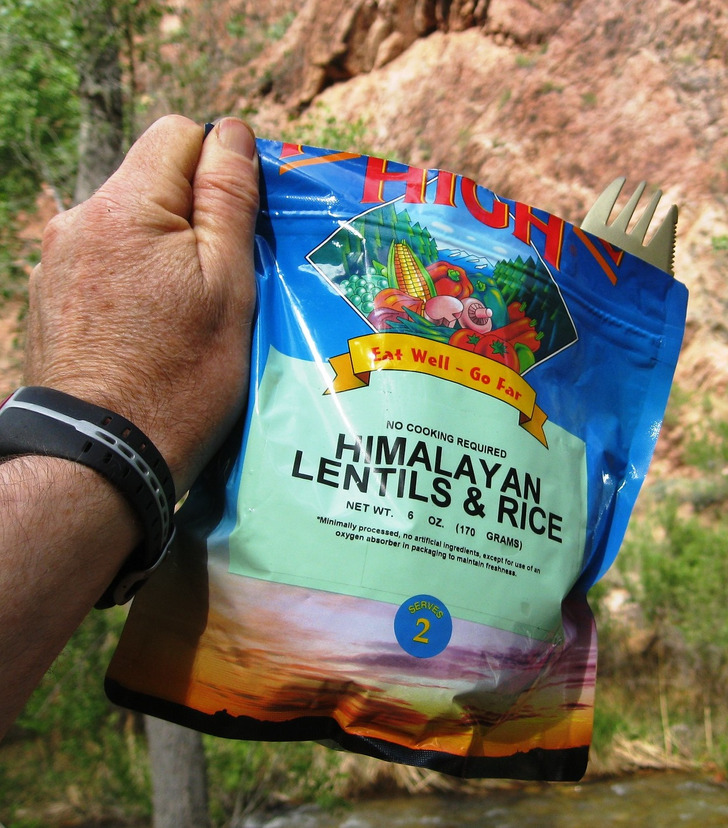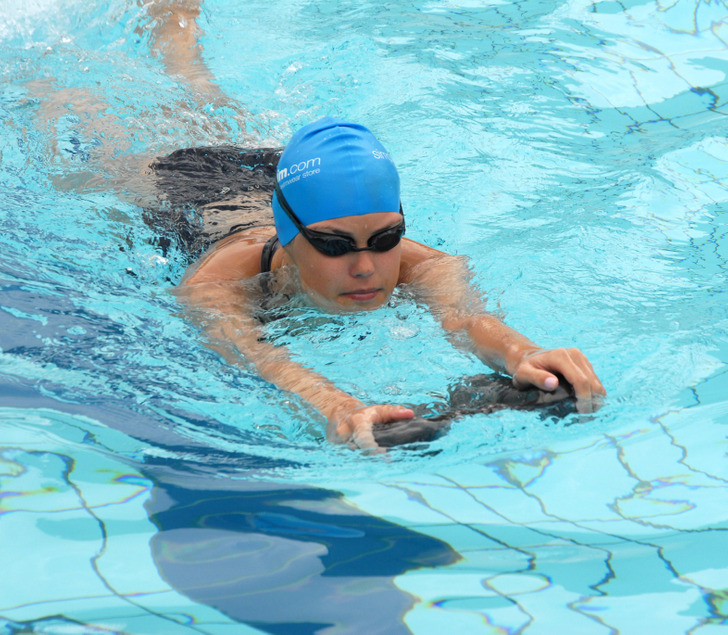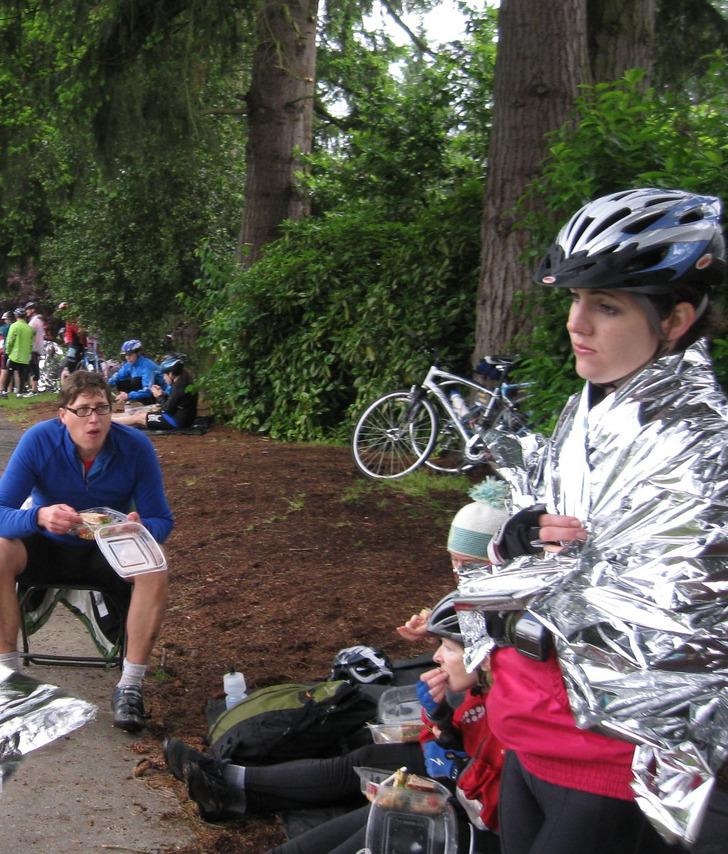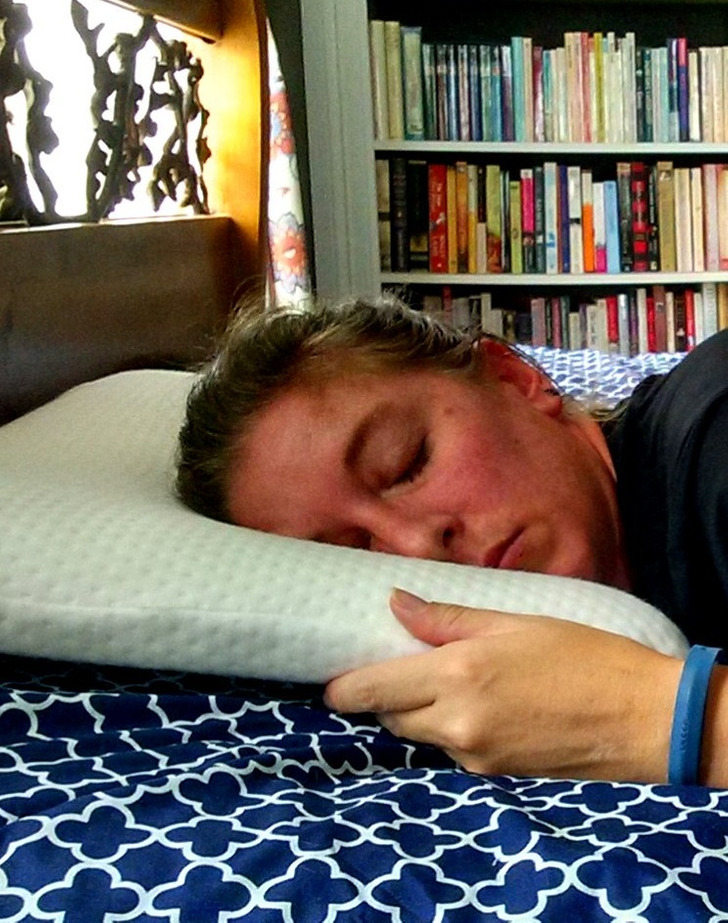16 Things That We Use Every Day and Don’t Even Suspect They Were Invented for Astronauts
We should thank the scientists, who work in the space industry, for many technological achievements. This happens because people need different complex devices to live and work outside Earth. Later, these inventions get adapted to everyday needs. Thanks to space exploration, we have vacuum cleaners, dental braces, hair straighteners, and many other useful things.
Ionic hair straightener
NASA scientists developed a special technology for open space that allowed ceramic microcapsules to heat with the help of a magnetic field. The same principle was used in modern hair straighteners. Plates are covered with a special ceramic coating. When the surface heats, it releases ions that help to straighten the hair.
Nail polish with disinfecting properties
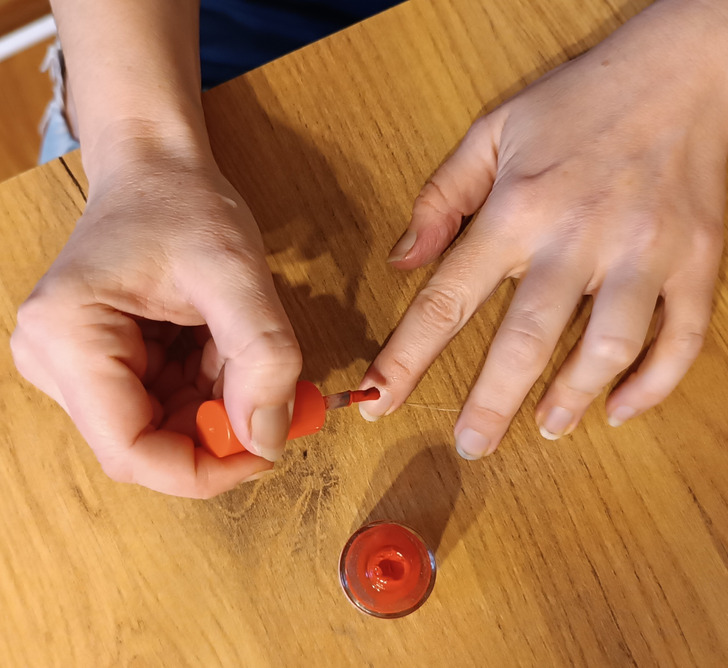
The surfaces inside a spacecraft are covered with a thin layer of nanosilver. This material possesses great sterilizing properties and kills all fungi and bacteria. This is why nanosilver was adopted by the beauty industry. This material is added to nail polishes because it can provide chemical-free sterilization.
Athletic shoe soles
When developing new helmets for spacesuits, scientists invented a new method of rubber molding. One of the engineers who worked on the project got the idea to use this technology in the soles of athletic shoes. The hollows inside the soles were filled with shock-absorbing materials to cushion the blow. This was how Nike Air was born.
Invisible braces
A company working with NASA invented the translucent ceramic. This material became the important component of the first invisible dental braces, which later became one of the best-selling orthodontic products of all time.
Skin rejuvenation technology
The manufacturers of skin care products often use technologies intended for space. On the International Space Station, the skin is exposed to extreme conditions, and the station’s ventilation system dries the skin, making it prone to early aging. This is why scientists have to develop products that help to protect the skin.
These inventions were used by companies that produce face masks that use different light wavelengths. And now scientists try to figure out how to use powerful lasers for skin rejuvenation.
Quiet vacuum cleaner
The mission to the Moon helped to invent different wireless devices in the 20th century. The company Black & Decker developed lightweight and compact lunar drills for astronauts, which worked on batteries. The same principle was used to develop small handheld vacuum cleaners. And the company Kirby made vacuum cleaners more effective and less noisy with the help of Space Age technology. They changed the shape of fan blades and started producing them from a special polymer.
Mobile camera
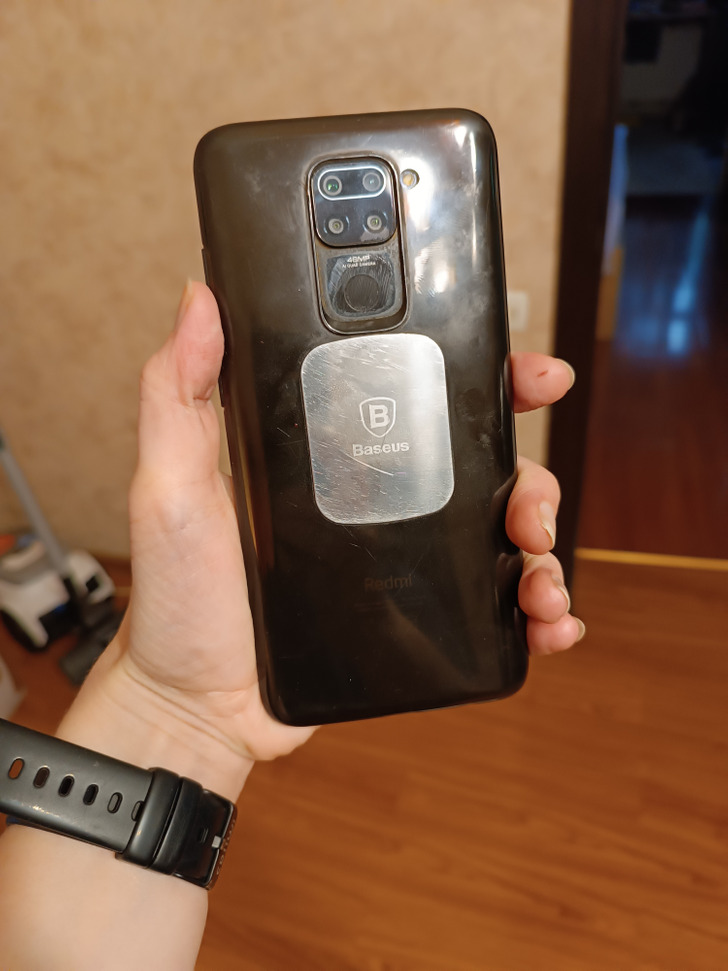
One of NASA’s laboratories invented a technology that allowed to make cameras small and lightweight. At the same time, these cameras were able to take high-resolution photos. Later, this technology was adopted by commercial companies for the production of digital photo cameras, GoPro, and cameras in mobile phones and laptops.
Temperature control technology for homes
Specifically for the Moon program, NASA developed Radiant Barrier technology. The Radiant Barrier used aluminized polymer film that allowed it to maintain a consistent temperature in an environment. Originally, this material was used in spaceships, unmanned spacecrafts, and spacesuits. But later, it was adopted for usage in homes. The same technology is used in candy wrapping, thermos bottles, windshield covers for automobiles, race cars, and many other things.
Car seats
NASA had to develop special seats for the first space station which let astronauts sit comfortably in microgravity. This project was noticed by Nissan engineers who created the first cars with comfortable seats in 2013. Now, these seats can be found in various Nissan models.
Programmable pacemaker
First pacemakers that didn’t require surgery to be reprogrammed were invented in collaboration with NASA. They were created with the help of technology for spacecraft electrical power systems and space micro-miniaturization technology.
Workout machines
To prevent astronauts from losing muscle mass when being on a long mission in zero gravity, scientists invented the special workout machine, Advanced Resistive Exercise Device. With the help of the cable system and vacuum tubes, this machine mimics the force of free weights. Similar sports equipment is now used in many modern gyms.
Modern soft contact lenses
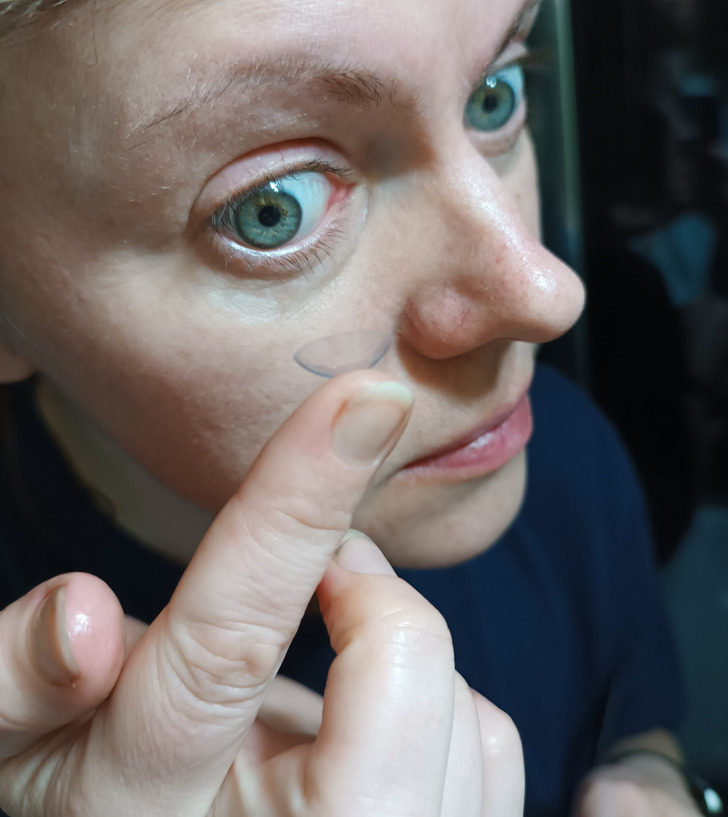
Freeze-drying technology for food
Project Apollo also contributed to the development of new technology for food storage. At first, food is frozen and then moved to a vacuum chamber where it’s heated slowly. Initially, this method was used only for the food consumed in space, but later it was adopted by commercial companies to create different snacks. Food prepared this way maintains 98% of its original nutritional value.
Modern swimsuits
NASA focuses a lot of effort to reduce pressure and viscous drag, the force of friction that slows down a moving object through air or water. Speedo used the agency’s research to create new models of sports swimsuits. Special materials help swimmers reduce viscous drag.
Emergency blanket
A common component of emergency kits is reflective blankets made from lightweight foil. This material was developed by NASA in 1964. These blankets are often used by long-distance runners to prevent dramatic changes in body temperature.
Memory foam mattress
So that it was easier for astronauts to cope with the high forces of takeoffs and landings, scientists invented a special material in 1966, which they used as a pad for astronaut seats. The material evenly distributes weight and pressure for shock absorbency and returns to its original shape when not in use. Memory foam (that’s how this material was named) was released into the public domain in the 1980s. Nowadays, it is used in the production of mattresses, pillows, helmet padding, etc.
Do you know any other space technologies that are used in everyday life? Tell us about them in the comments below.
